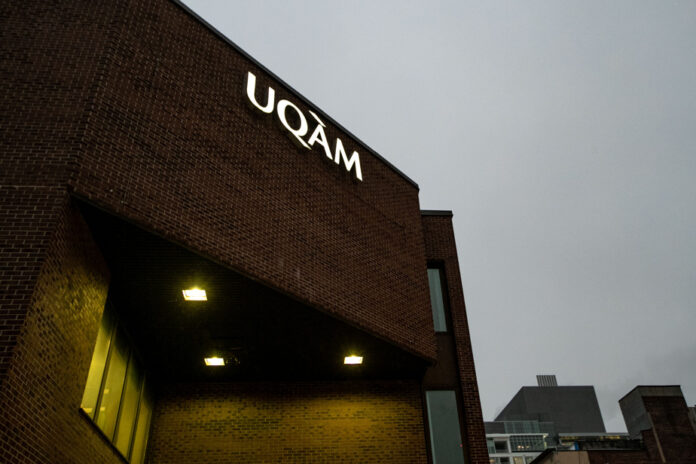We discussed on Monday1 the fact that UQAM is relatively more successful in receiving operating grants than other institutions. In this text, we only examined the main subsidy from Quebec intended for the operation of the establishments. We wonder in this second text whether UQAM is a victim of “linguistic inequities” when looking at its total funding.
For comparison purposes, private funds (tuition fees, donations, investment income, etc.), federal grants and provincial grants for infrastructure are therefore added to the provincial operating grant. This last subsidy is granted on the basis of the depreciation of the buildings, in preponderance on the English-speaking campuses. This apparent inequity has recently been pointed out by highlighting a generous subsidy granted to McGill in the last budget.
However, it is an incomplete analytical prism to analyze only infrastructure subsidies. One could in fact argue the opposite, namely that we finance the replacement of these buildings precisely because they are depreciated. If we want to correctly analyze the fairness of infrastructure subsidies, we must also take into account the condition of the buildings and their value (which constitutes the basis of the evaluation made by Quebec). And beware of false amalgams: a review of some infrastructure projects funded at English-speaking universities also shows the integration of activities of French-speaking institutions. This conception of advantage conferred “on the English” is also to be qualified.
When it comes to federal funding and private revenue, there is no doubt that McGill is the champion (Figure 1a). His income from tuition fees is very high. Changes to provincial rules allow academic institutions to waive Quebec operating grants in exchange for arbitrarily high student fees, which the government then allows to continue.
McGill and Concordia have exercised this right for certain programs. In doing so, these establishments can charge higher amounts and Quebec can then redistribute the funds previously allocated to these programs to other establishments. This approach thus increases the resources available in English-speaking universities, but also for other institutions. Obviously, this approach generates inequalities.
Finally, it should be noted that it is the Institut national de la recherche scientifique (INRS), a small French-speaking university of the Université du Québec, which sits at the top of the list of highest total funding per student (Figure 1b). INRS is certainly not a large university, but recalling its position on the list serves to better separate the facts in terms of funding from a narrative aimed at opposing establishments on a linguistic basis.
The theme of language of course makes Quebec vibrate. It is perhaps for this reason that it is used to talk about university funding. The latter will also be mistreated if it is examined through other prisms that sometimes resonate with readerships or electorates: immigrants, leftist students, the Voyageur island, neoliberalism, or any other theme crystallizing opinion. If we are looking for a solution, we will have to focus instead on bringing together conflicting interests. The subsidy granted to UQAM could be modified so that it depends in a lower proportion on registrations.
In addition, some funding programs aimed at supporting philanthropy (the “University Placement” program) have questionable effectiveness, and certainly contribute to the imbalance of private funding between institutions. These funds could certainly be put to better use.
The work of Daniel Parent (HEC Montréal) is the most convincing in illustrating the impact of the creation of the Université du Québec on the education of Francophones in the province. The latter have seen their education increase more rapidly than Francophones in neighboring provinces, without a dedicated network (of course, CEGEPs have also helped). Parental education and income are the most important factors influencing the schooling of the youngest. Institutions that bring young people from unschooled backgrounds to university not only contribute to immediate schooling, but also create future schooled parents. The latter in turn influence their children and so on.
This role of intergenerational catalyst suits UQAM particularly well. Barely two generations after its creation, it might be prudent to give it the time (and money) required to do its work. This contract extension, however, should serve as a reminder to its community, those who fund it, and critics of English-speaking universities: a university without students educates no one. As a culprit, we must look at the labor market.


















